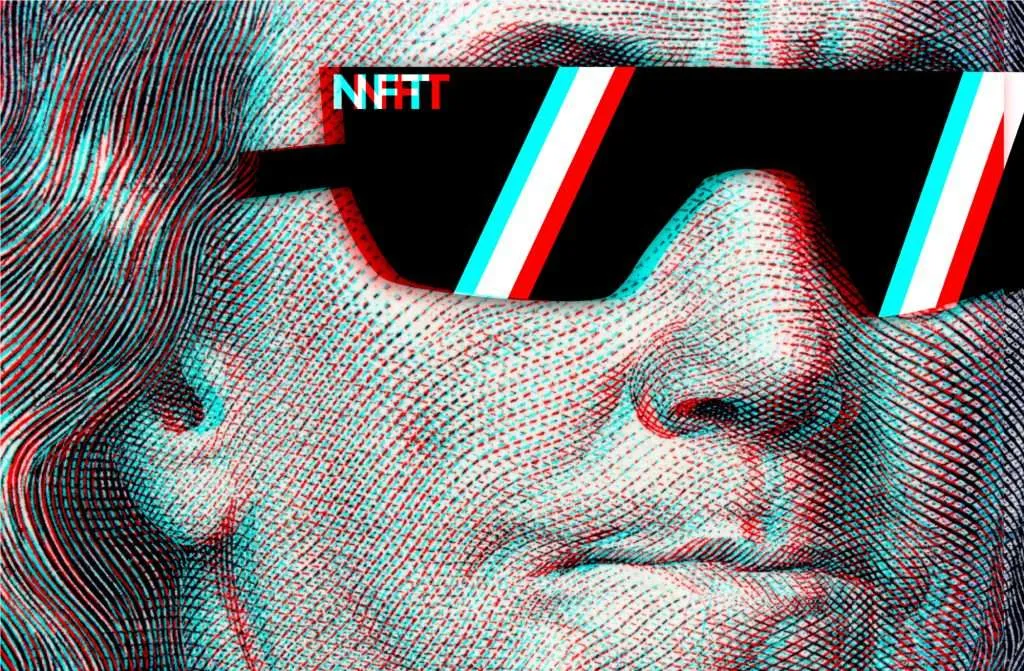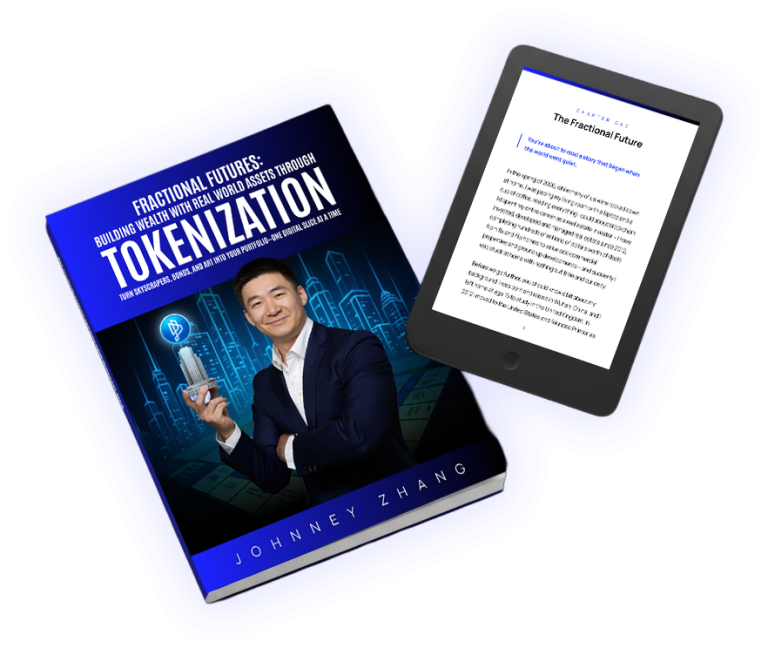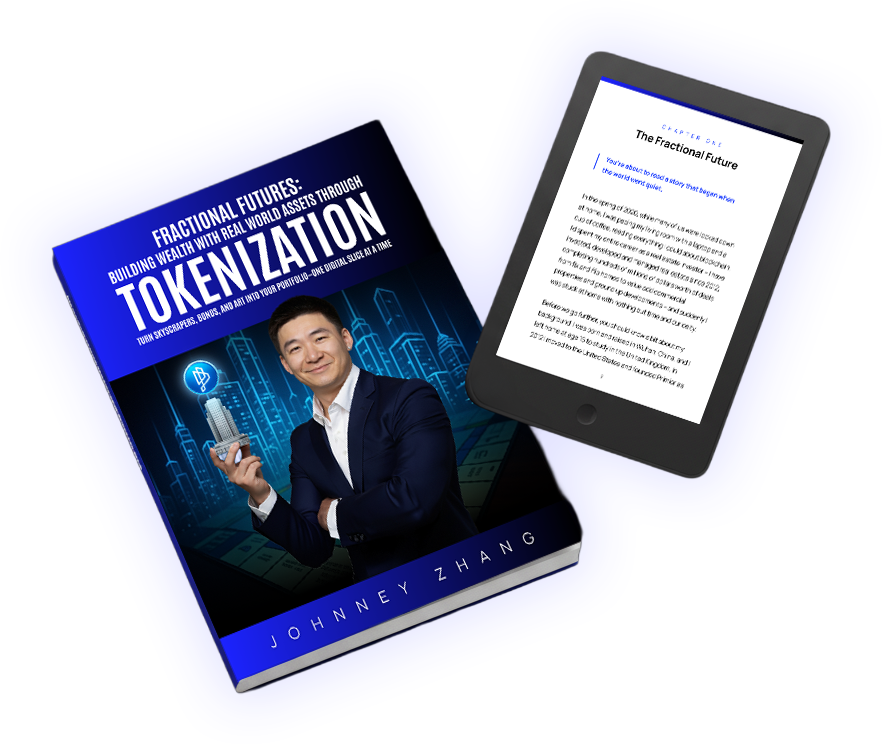USP is a blockchain-based token that gives investors exposure to an income-producing real estate portfolio. Non-fungible tokens (NFTs), also powered by blockchain, can be used to tokenize real-world assets, including real estate. Considering this, one might ask whether USP is an NFT. Spoiler: USP is not an NFT, but a security token. Let us define each category of tokens and see how they differ to understand the main aspects of USP.
What Is an NFT?
NFTs are blockchain-based tokens with unique identifiers, enabling them to represent something scarce and irreplaceable. In the case of regular digital currencies, such as Bitcoin or Ethereum, one unit doesn’t differ from another in terms of value as they are fungible, like fiat money.
NFT’s capability of featuring a unique identifier on the blockchain opens the door to many use cases, from collectibles to online games and digital art. NFT holders have ownership rights over the asset related to the token, whether it is digital or physical.
The underlying blockchain ensures that NFTs are indivisible, immutable, indestructible, and verifiable. Today, most NFT projects leverage the Ethereum network, although other blockchains also gain traction, such as Solana and Algorand. While NFTs share the same blockchain network that hosts fungible tokens, they have their own token standard to ensure that each NFT has a unique identification code and metadata.
On Ethereum, the most popular NFT standard is ERC-721.
NFTs can represent anything from digital and physical artworks to luxury goods, in-game items, music tracks, and even real-estate assets. They have quickly grown into an independent sector within the crypto industry. The crypto community was first introduced to NFTs in 2017 thanks to the blockchain-based collectible game CryptoKitties, but the tokens gained recognition as a new digital asset class in 2020.
The value of an NFT is derived from the asset it represents. For example, in March 2021, digital artist Mike Winkelmann, also known as Beeple, sold an NFT representing his artwork called “everydays: the first 5000 days” for a staggering $69 million.
What is a Security Token?
Unlike NFTs, security tokens, also known as digital securities, are fungible tokens backed by real-world assets. Specifically, security tokens represent traditional securities, which are financial instruments that hold value and can be traded on primary and secondary markets. Some examples of securities are company stocks, corporate or government bonds, as well as certain types of real estate assets.
Securities are used by businesses and other entities to raise capital. They are highly regulated in most jurisdictions. In the US, the main body supervising the issuance and trading of securities is the Securities and Exchange Commission (SEC).
From a legal perspective, digital securities don’t differ from regular securities, which means they must be registered with the SEC and take into account the Securities Act of 1933. What makes security tokens distinct from traditional securities is the blockchain technology that powers them.
Technically, security tokens share similarities with cryptocurrencies like Ethereum, benefiting from blockchain features like decentralization, transparency, immutability, and security, among others.
The most popular security tokens are equity tokens, with tokenized shares accounting for the largest chunk of the security token market. Companies looking to raise capital through digital securities hold Security Token Offerings (STO), which are a fundraising mechanism that shares similarities with traditional Initial Public Offerings (IPOs) as well as Initial Coin Offerings (ICOs).
Unlike ICOs, STOs are regulated, although there are fewer requirements compared to IPOs. This makes STOs way more secure than ICOs and more cost-effective than IPOs.
Besides equity tokens, another significant group of digital tokens refers to asset-backed tokens, which provide ownership rights over real-world assets like real estate, art, and commodities. One of the main benefits of asset-backed tokens relates to liquidity, which can be greatly improved thanks to the fractional ownership feature.
Why Are Security Tokens Ideal for Tokenizing Real Estate?
Real estate is an essential part of the global economy and a large contributor to personal wealth. By tokenizing real estate assets with blockchain technology, investors can realize more liquidity while vendors have the potential to gain greater returns on investments – making it beneficial for all involved.
Both NFTs and security tokens can be used to tokenize real-estate assets; however, the latter is more suitable for two main reasons…
To begin with, security tokens offer investors the advantage of being government-regulated, thus providing a greater level of trust and security for their investments.
Secondly, NFTs are only partially able to address the liquidity issue for real estate investors across the globe. Security tokens, on the other hand, provide an innovative, borderless framework for tackling the liquidity issues of real estate investment opportunities. By offering fractional ownership possibilities through asset-backed security tokens, global investors are now able to access this often exclusive market with ease.
USP Is a Regulated Asset-Backed Token
USP is a security token representing the fractional ownership of a diversified, income-producing real estate portfolio focused on US properties, such as commercial properties, multifamily housing complexes, healthcare facilities, and hospitality properties. USP is an asset-backed token regulated in the United States, offering transparency, liquidity, and fractional ownership safely and securely.
















